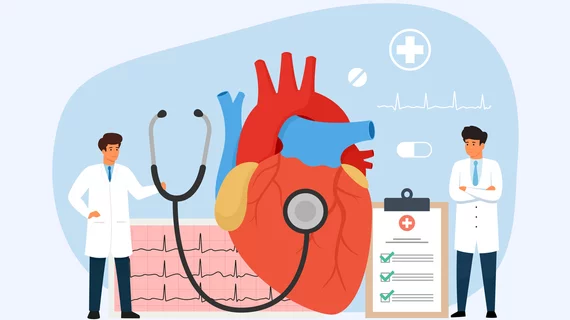Treating AFib with another ablation after PVI provides little value
Performing low-voltage-area (LVA) ablation after pulmonary vein isolation (PVI) when treating persistent atrial fibrillation (AFib) does not appear to improve outcomes, according to a new analysis presented at European Society of Cardiology (ESC) Congress 2024 in London.
More and more heart teams performing PVI have started also targeting diseased muscles with LVA ablation, researchers noted, making these findings especially noteworthy.
The team behind the SUPPRESS-AF study examined data from more than 1,300 patients with persistent AFib presenting for their first ablation in Japan. Approximately one-fourth of those patients had left atrial LVAs. The median patient age was 74 years old, and 49% were women. This group was randomized to either undergo traditional PVI alone or PVI followed by LVA ablation.
Overall, rates of the study’s primary endpoint—recurrence of AFib or atrial tachycardia (AT) without antiarrhythmic drugs after one year—were comparable between the two groups. Freedom from AFib or AT recurrence was also comparable among patients with antiarrhythmic drugs.
In patients with left atrium enlargement, however, the data suggest there may be a benefit to considering the additional treatment. When just focusing on patients with a left atrium diameter of 45 mm or more, adding LVA ablation was linked to reducing the risk of AFib/AT recurrence by 40%.
“The results of this trial will likely change practice by shifting the focus to shorter and more effective pulmonary vein ablation alone without the addition of other ablation at the present time,” lead author Masaharu Masuda, MD, PhD, a heart rhythm specialist with Kansai Rosai Hospital in Japan, said in a ESC statement. “Further research on more effective methods and patient selection to increase the effectiveness of additional ablations is expected.”
Masuda emphasized that the additional ablation performance should only be considered “in cases of advanced atrial remodeling.”
“An important next step will be to try to understand how this procedure can be improved for patients with the persistent type of AFib,” he added.

